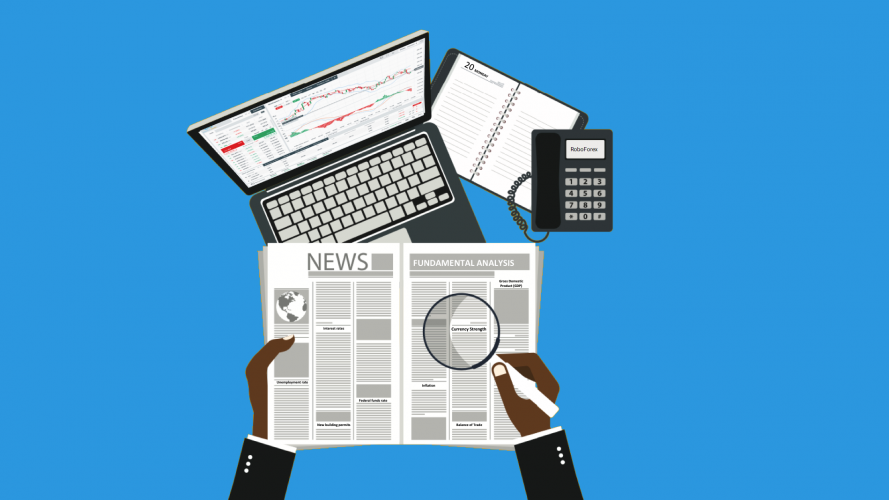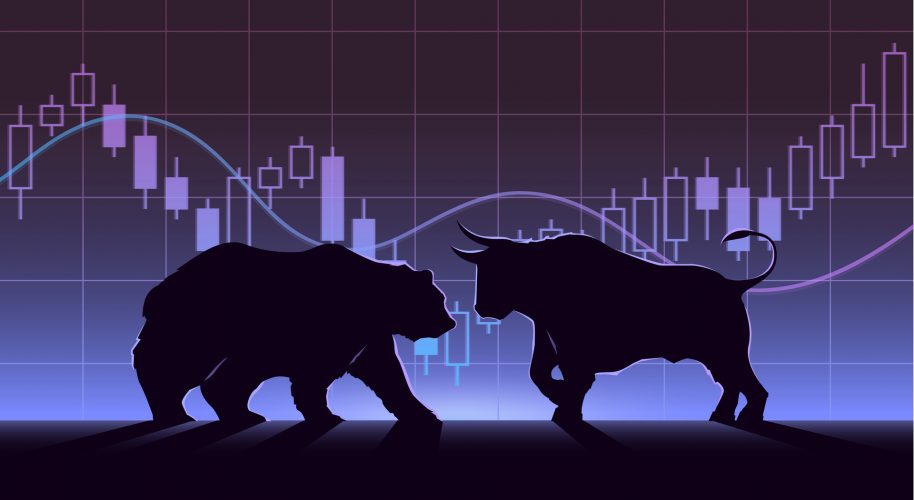Types of Financial Analysis

4 minutes for reading
To get an overview of how an asset behaves on the market, one has to analyze this asset’s movements, information related to it, and a lot of other parameters. Taken together, these factors may provide traders with a detailed picture of what usually happens to the asset and help them draw conclusions of what might happen in the future.
Not many traders have various skills to analyze the market – as a rule, each of them uses some specific approach, which this particular trader finds more interesting, efficient, and appropriate. At the same time, it is considered that one must apply at least two different types of financial analysis to get a comprehensive idea of an asset behavior.
Professionals of currency and stock exchange markets have two completely different ways to analyze assets: fundamental and technical.
Fundamental analysis

Fundamental analysis is, in barren style, an “analysis of a combination of factors, which somehow influence an asset price”. An object of analysis in this case is the price, meaning that one has to monitor all possible factors that influence its movements one way or another.
This type of analysis implies that market quotes of an asset (stocks, currencies, etc.) are a realistic recognition of a company’s or a currency’s value. This recognition is usually directly connected to the assets that are behind the company (securities) or the country (national currency). Fundamental analysis is premised on three different levels. The first level is macroeconomic, where an analyst is interested in global factors, from the global economy state in general to some core indicators in particular. The second level is industry-specific. It is applied to securities and assets relating to precious metals, commodities, etc. The third one is an in-depth analysis of a company applied in some special cases when necessary. It can be divided into economic analysis and financial analysis, and both of them are interesting for assessing an issuer.
Based on conducted fundamental analysis that compares an asset intrinsic value (economic parameters) with its current market price, one may conclude whether the asset is underestimated, overestimated, or estimated correctly.
Technical analysis is another in-depth approach to follow the market. It is based on thorough analysis of the data displayed on financial instrument charts. Markets are thought to be cyclic and everything is moving in spirals, this is why many people believe that the historic data on every asset can be very helpful in predicting the way assets may move in the future. As a matter of fact, technical analysis is based on the principle that future price movements are based on past fluctuations, that’s why the latter may be used to predict most probable scenarios.
Tech analysis

Technical analysis uses several types of price charts. Line charts show price fluctuations through specified periods of time – the rate is fixed at some particular spots and later these spots are connected to one another in lines. Line charts are the first thing traders see when they start getting to know financial markets better. Some traders prefer bar charts, which use bars to show price movements. This type of charts is very handy to monitor daily price fluctuations: the top of the bar shows the highest daily price, while the bottom of the bar – the lowest one. In addition to that, they perfectly display opening and closing levels of a trading session. One more type of charts is Japanese candlesticks. In fact, these charts are rather similar to bars charts, but they show the history of market fluctuations more clearly.
Conclusion
There are a lot of types of technical analysis and each of them requires at least some shallow knowledge in the subject. Traders are usually quite fast in coming up with an approach to market analytics, but efficiency of their conclusions and predictions will depend on commitment and consistency in market research. However, these things are very important not only for analysis, but for the entire trading process as well.







